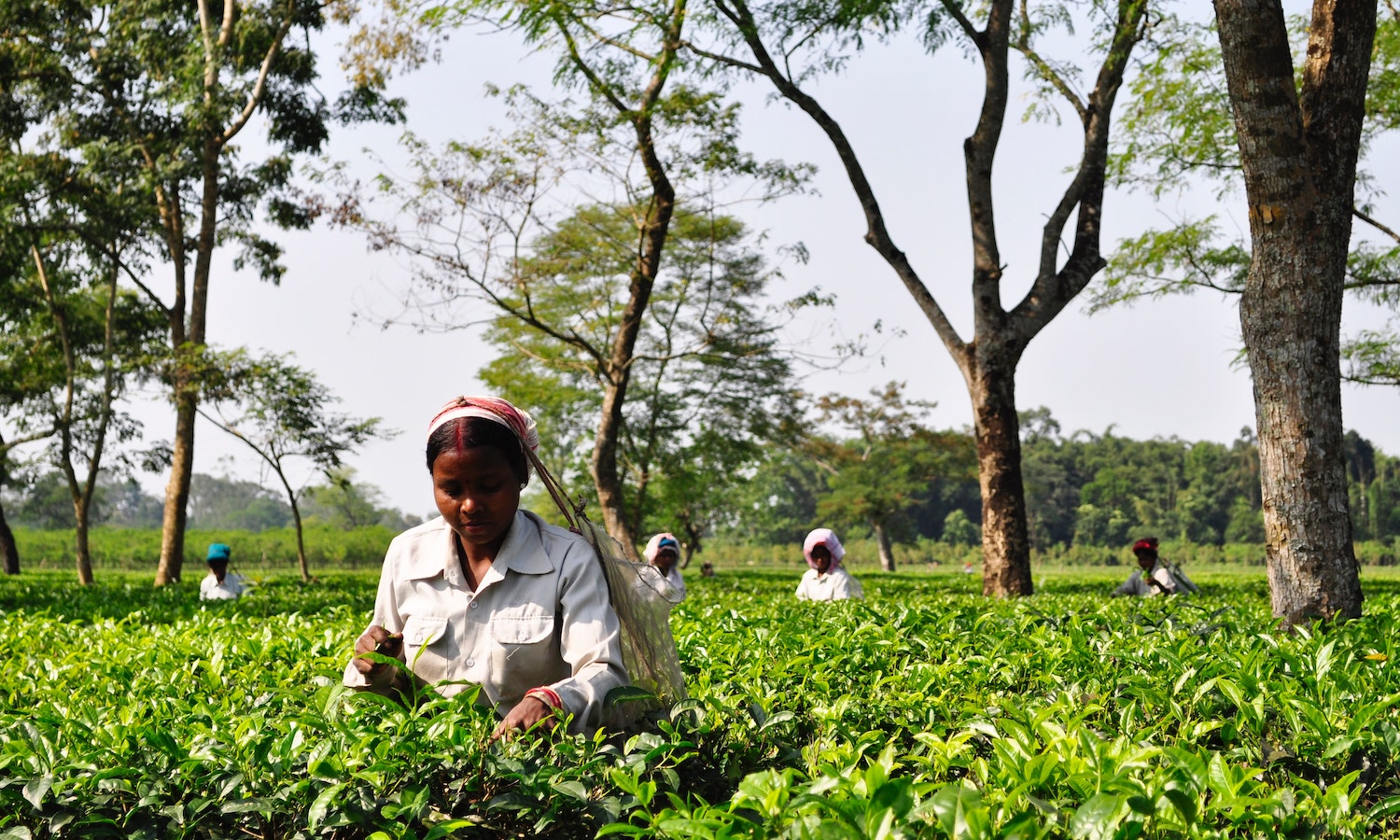The United Nations Decade of Family Farming 2019-2028 (UNDFF) is a global platform elevating the role of family farmers in providing food security and confronting pressing issues. The UNDFF recently hit its three-year mark, prompting stakeholders to evaluate the framework’s achievements, challenges, and opportunities for the remainder of the decade and beyond.
The U.N. Food and Agriculture Organization (FAO) and the International Fund for Agricultural Development (IFAD) launched the Global Action Plan (GAP) of the UNDFF in 2019. The Plan is designed to promote a resilient, healthy, and economically viable food system while contributing to the U.N. Sustainable Development Goals. The UNDFF puts the work of family farmers at the forefront of this vision.
The GAP aims to take a holistic approach to empower under-appreciated producers across the world. Overarching objectives include reforming public policies, bolstering farmers’ organizational and political capacity, promoting gender and generational equity, strengthening climate resilience and environmental stewardship, and complementing traditional knowledge with innovation.
According to U.N. estimates, family farmers are responsible for more than 80 percent of the global food supply in value terms. “In both developed and developing countries, family farming represents the predominant form of food and agricultural production,” Director of the Partnerships Division of the FAO Marcela Villarreal tells Food Tank.
At the same time, this critical group of producers “are generally among the most affected by poverty and vulnerability, and face high levels of economic, financial, social and environmental risk,” Villarreal adds. Hunger, illness, natural resource concerns, and increasing populations are among the burdens endured by family farmers. Compounding these issues are global crises, including climate change, the pandemic, and war.
The President of the IFAD, Alvaro Lario, underscores the “glaring inequalities” present in the food system. “Small-scale farmers receive on average just 6.5 cents of every dollar for the value of the food they produce,” he tells Food Tank.
A lack of “social recognition” and political support exacerbates the “structural weaknesses” and increasing challenges of agri-food systems, notes Villarreal. Family farmers often face difficulties securing access to land, credit, infrastructure, technology, markets, and other services and assets. Tackling these problems in a meaningful way requires “systemic” and “comprehensive” actions, she asserts.
The Decade “puts people, the family farmers and their communities, at the center of the solutions,” says Villarreal. She adds that the activities outlined in the GAP can help “improve context-specific, legal and institutional frameworks to better tailor, prioritize and target interventions and investments.”
The UNDFF comprises coordinated efforts of national governments, academia, public and private organizations, and, most importantly, the farmers, fishers, Indigenous peoples, and other essential producers.
At the first Global Forum held in September, 113 member states and around 236 representatives of diverse groups came to the table, Lario tells Food Tank. These discussions helped to “raise global awareness” of family farmers’ invaluable contribution to society, he says, while identifying palpable actions permeating across the globe.
To highlight the success of the platform thus far, Villarreal points to the 53 countries working to implement the GAP framework. There have been 11 approved National Action Plans and three Regional Action Plans for family farming. There are also nearly 200 new laws and regulations in place to address “the impacts of multiple crises on family farmers” and promote more family farmer-centric solutions to food system issues, Villarreal tells Food Tank.
In addition, 65 multi-sectoral partnerships like the National Committees for Family Farming “have been established or reinforced to achieve coherent objectives and targets.” Awareness raising campaigns have further strengthened farmer communication networks, “reaching over 30 million family farmers and allowing them to make visible their needs,” she says.
But issues remain with implementation. “Actors faced challenges in scaling up activities and in getting adequate and effective support and investment,” Villarreal tells Food Tank. She calls for further dialogue with family farmer organizations, collaboration among stakeholders, and resource mobilization to effectuate global goals. “Indeed, there is still much to do to fully recognize the potential of family farming and the role of the UNDFF to facilitate the shift towards sustainable, inclusive and resilient agri-food systems.”
Despite the difficulties ahead, Lario has hope for the future “to turn things around in the right direction.” He emphasizes the need for young producers “now more than ever” and robust political, technological, and economic support to motivate the next generations.
Ultimately “the Decade has given family farmers a voice to articulate what matters to them,” he says. It creates “an opportunity to share a rich variety of farming and food production experience and tradition to the world and to use this variety of knowledge and experience as a basis to build food systems and inclusive and prosperous rural societies.”
Articles like the one you just read are made possible through the generosity of Food Tank members. Can we please count on you to be part of our growing movement? Become a member today by clicking here.
Photo by Amit Ranjan, Unsplash











